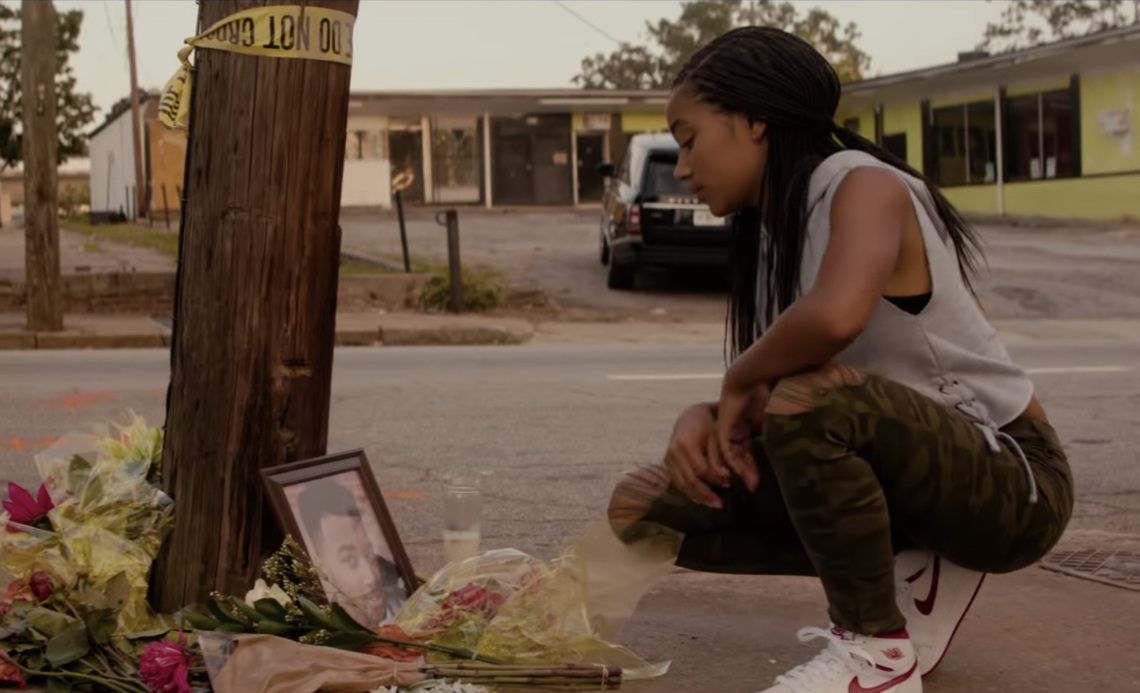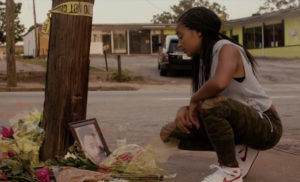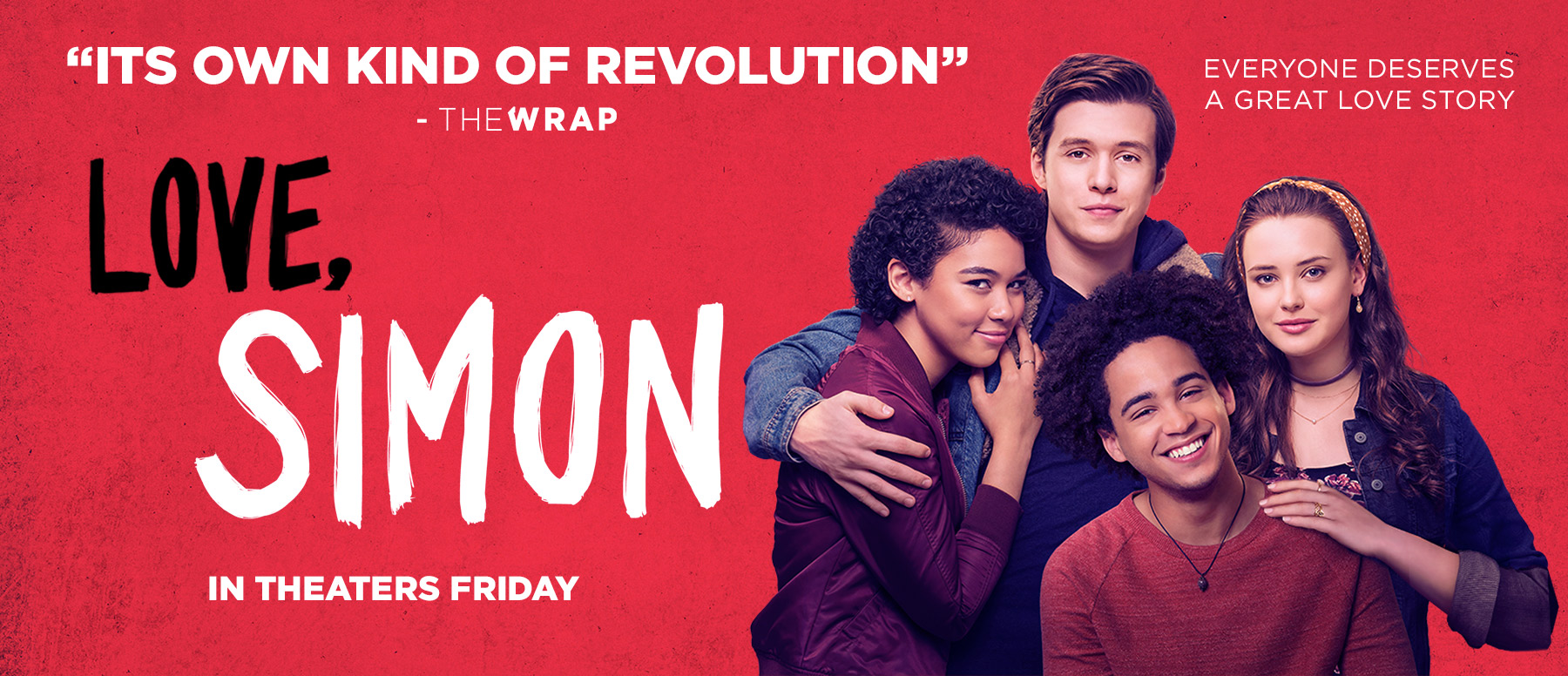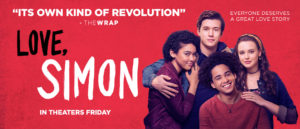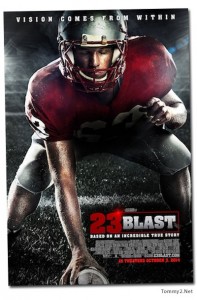Spider-Man: Far From Home
Posted on June 28, 2019 at 7:32 am
B +| Lowest Recommended Age: | Middle School |
| MPAA Rating: | Rated PG-13 for sci-fi action violence, some language and brief suggestive comments |
| Profanity: | Some strong language |
| Alcohol/ Drugs: | None |
| Violence/ Scariness: | Extended comic book/action-style peril and violence, mayhem, destruction, characters injured and killed |
| Diversity Issues: | None |
| Date Released to Theaters: | July 3, 2019 |
| Date Released to DVD: | September 23, 2019 |
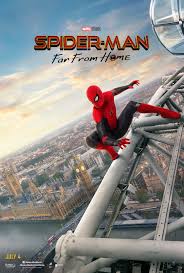
Just a reminder, as we’ve had a variety of Spider-Men on film, including Tobey Maguire, Andrew Garfield, and a whole bunch of Spideys including a pig and an anime girl in the Oscar-winning “Spider-Man: Into the Spider-Verse.” In this version of the Spider-verse, Tom Holland has played high school student Peter Parker in “Spider-Man: Homecoming” and in two Avengers movies. Tony Stark (Robert Downey, Jr.) took a special interest in Peter, and had his aide Happy (Jon Favreau) act as messenger and mentor.
Now that that is all out of the way, let’s get into it, unless you have not seen “Avengers: Endgame,” in which case stop reading now as there will be spoilers. The movie begins with an in memoriam tribute to the characters who died in that film, as Whitney Houston sings “I Will Always Love You.” It’s touching but it’s cheesy and sappy and we find out why: it’s on a high school closed-circuit news program with student announcers who help bring us up to date. The people who turned to dust when Thanos snapped his fingers have been returned and their absence is called The Blip. But the returnees are five years older, while for the people who were not dusted no time had passed. Everyone is still getting used to the idea that the world has been saved and beginning to get back to normal or get used to the new normal.
Peter thinks he deserves time time off, so when Nick Fury calls, he does not answer his phone. Even though Tony Stark left him in charge of the Avengers, his priority is to go on the class trip to Europe and let Mary Jane (Zendaya) know that he likes her. As in “Spider-Man: Homecoming,” this film combines adolescent angst and romance with special effects superhero extravaganza fights (remember what I said about the big, big screen), with a skillful blend of humor, action, and growing up. Sometimes that combination creates a problem for Peter, as when he gets jealous of a rival for MJ’s affection and accidentally calls a drone strike on the tour bus.
The school trip provides lots of picturesque (before they get trashed) European locations, including Venice and Prague, as Nick Fury keeps “upgrading” the trip to reroute Peter to where the action is.
I know I always say that the make or break for superhero movies is the villain, but I don’t want to tell you too much about the villain here because the details should be a surprise. So I will just say that the surprises are great and this one is a lot of fun, with a very clever updating of the comic book version of the character that create an opportunity for some trippy and mind-bending visual effects. And Peter gets a great gift from Tony Stark — be sure to listen carefully to what the acronym EDITH stands for.
The settings, fight scenes, and special effects are all top-notch, but it is the cast that really brings this story to life. Holland is a little less soulful than Maguire or Garfield (or Shameik Moore), a little more heart-on-his-sleeve energetic, with a natural athleticism that lends a gymnastic, almost balletic grace to his web-swinging and slinging. Zendaya’s MJ is smart, edgy and vulnerable. The villain is…surprising, and a welcome relief after the stentorian-voiced blowhards we have too often seen in superhero movies. Plus, Led Zep, Samuel L. Jackson gets to say, “Bitch, please,” and we get to see London Bridge (or the equivalent) falling down. This is just what a summer movie is supposed to be — fresh, fun, exciting, and with a wow of a post-credit scene to shake things up for the next installment. This one made my spidey-sense tingle.
Parents should know that this film includes intense comic-book/action-style peril and violence with massive destruction and mayhem, with characters injured and killed. The movie also includes teen kissing, some strong language, a crotch hit, someone giving the finger, and mild sexual references.
Family discussion: Should Peter have answered Nick Fury’s call? Why did Tony Stark pick him? What does it mean to say “Uneasy lies the head that wears the crown” and where does that expression come from?
If you like this, try: the other Marvel movies and “Spider-Man: Into the Spider-Verse”

